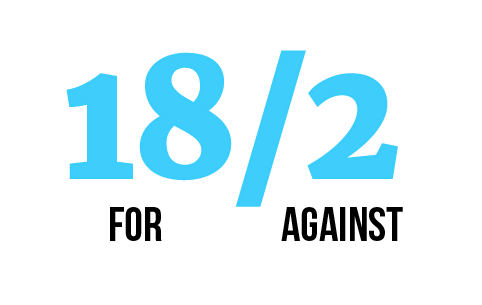A Different Reality
Transgender teens experience high school in drastically different ways than their cis gender peers

November 4, 2019
In high school, students are expected to get involved and find their ‘family’ within the school.
Transgender students often face a different reality.
A lack of connection and inclusivity for these students creates feelings of isolation and loneliness. This, in turn, causes trans students to struggle, either in school or in their social lives.
It is hard enough for cis teens to find their places, to discover the sense of community and love that they seek. We need to make it easier for trans teens to belong and feel accepted. Being inclusive and kind can make all the difference. However, it isn’t necessarily about being accepted by their cisgender peers — sometimes the problem is simply that transgender teens are forced to balance so much.
“Before my voice was lower , I thought about everything I did, from how I walked and the way I talked to people,” senior Ki Nilges said. “There’s just so much more that I have to think about.”
In the past several years, anti-LGBTQ legislation has been presented in dozens of states. Specifically, these bills allow charges of public indecency for using the ‘incorrect’ locker room or bathroom. They allow businesses to refuse service to transgender people. These destructive policies make it much more difficult for trans people to live their lives.
“Don’t punish me for trying to go into the bathroom,” Nilges said. “I know there are weird legal complications, but have to call me out or embarrass me.”
In an interview with “Teen Vogue,” a trans student named Emme said she stopped using public bathrooms as well as other gender-specific facilities, and she stopped going to classes because she felt a “deep discomfort,” in social situations.
“Most trans youth have real everyday obstacles that impact their mental health, social capacity and ease of movement,” Emme said. “Some trans youth plan their entire day around avoiding school bathrooms and changing. For so many of us, our daily movements are dictated by fear.”
Emme is just one example of the struggle of young transgender people. Some face depression and even commit suicide. Because of the discrimination they face, others begin to question their decision to transition, sometimes reverting back to their biological gender.
In an article in “The Atlantic,” Robyn Kanner details her experience being young and trans. She struggled to find romance and relate to others, as well as felt unaccepted by those she looked up to.
“I did not detransition because I wasn’t trans,” Kanner wrote. “I detransitioned because cisgender people physically and mentally beat me down until I gave in. My anxieties could have been alleviated if adults had simply listened, paid attention and trusted me.”
Incessant bullying is often the source of depression and suicidal thoughts and actions. According to the Washington Post, 51 percent of transgender adolescent males have attempted suicide at least once, along with 30 percent of transgender adolescent females.
We need to make high school a more accepting and inclusive place for everyone, not just those who we feel deserve it. In order to make that possible, clear rules must be put in place for the safety and comfort of trans students. After all, the label “transgender,” is just that — a label. Why make their experience harder than it needs to be, when being a teen is taxing enough already? In an environment where young people are just trying to find themselves, we should make sure that everyone has an equal opportunity to be heard. Trans students should have access to a bathroom without feeling shame about using it. Northwest needs to install gender-neutral bathrooms if they will not allow trans students to use the regular ones. They should be able to go by their chosen name without question, and teachers should be taught to be more sensitive to pronouns and “dead names.” We need to create the welcoming environment that gives them the option to thrive when they’re ready, and provide help when they’re not.








